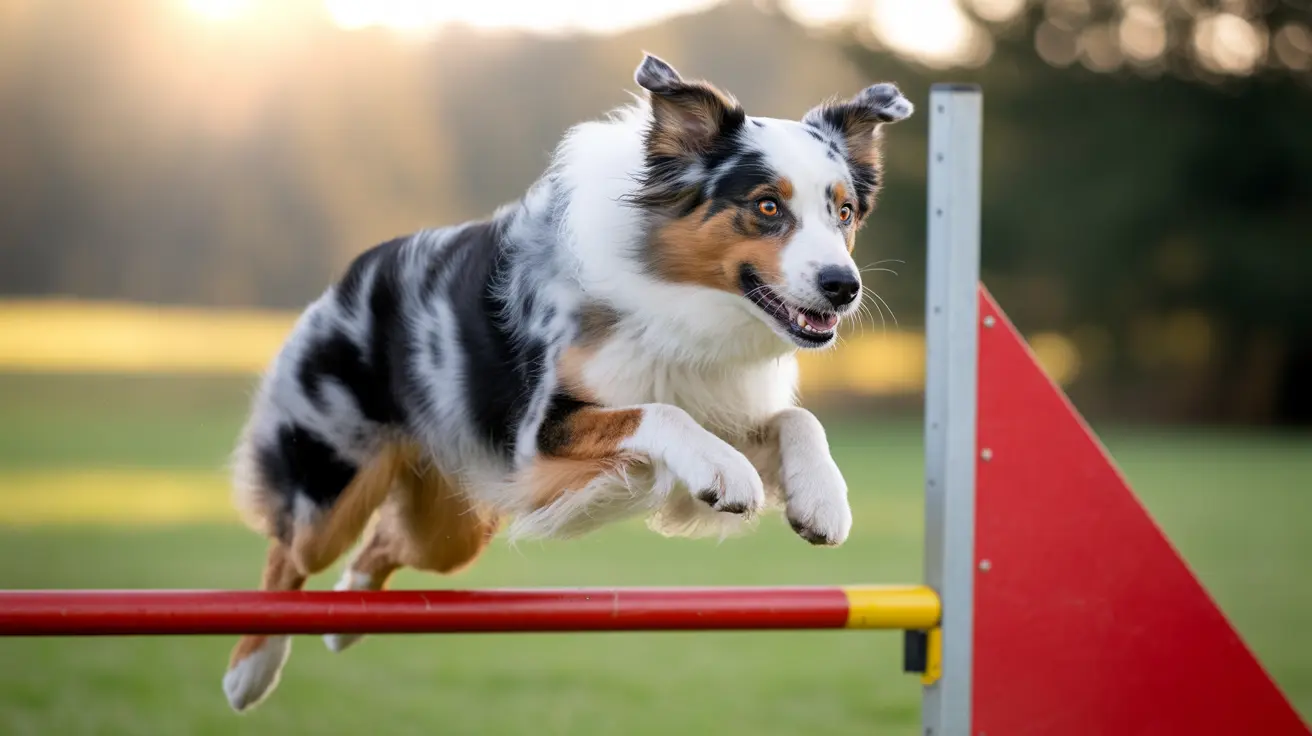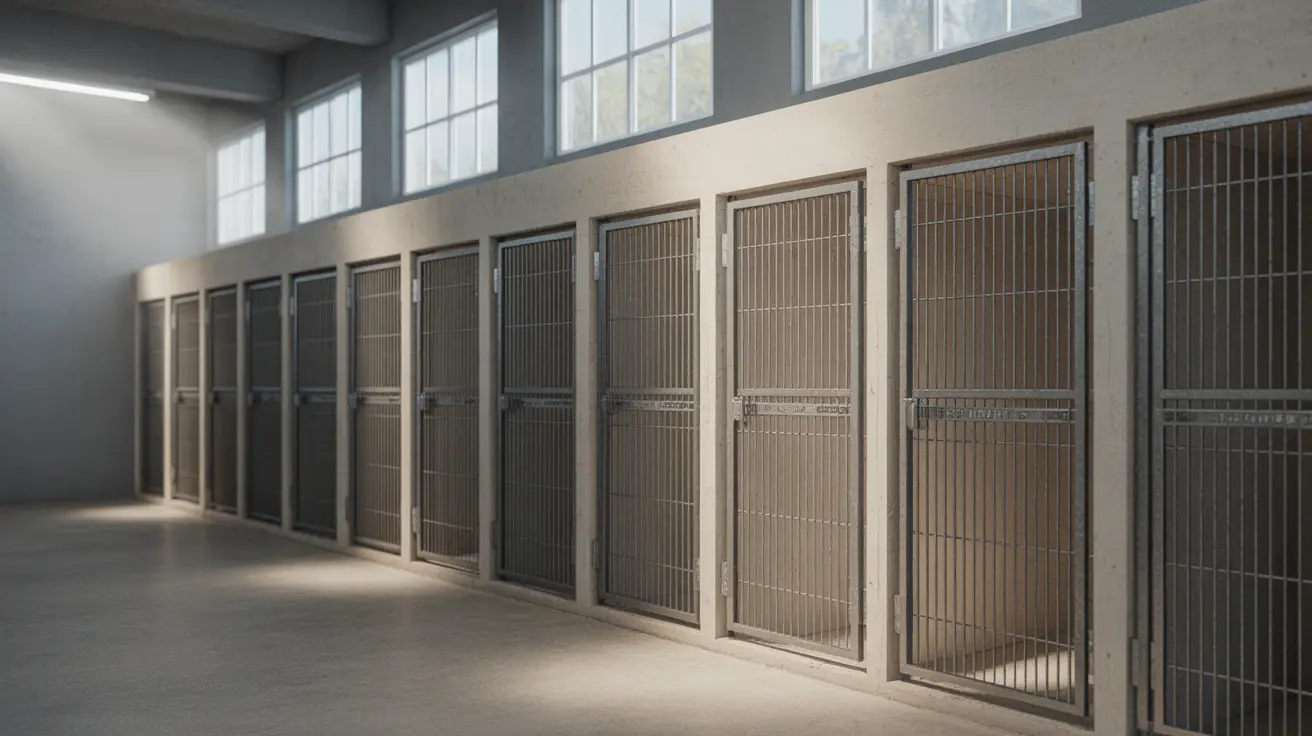Understanding the Cons of Owning a Skye Terrier
The Skye Terrier is a unique and loyal companion with a rich history, but like any dog breed, it comes with its own set of challenges. Prospective owners must be aware of these potential drawbacks to ensure they can provide the appropriate care and environment. Below, we explore the primary cons of owning a Skye Terrier in detail.
1. Grooming Requirements
One of the most distinctive features of the Skye Terrier is its long, flowing double coat. While beautiful, this coat requires significant maintenance:
- Weekly brushing with a soft or pin brush and comb to prevent mats and tangles
- Occasional bathing with careful shampoo application to avoid breaking delicate hair
- Regular nail trimming and ear cleaning
- Routine inspection for skin problems or parasites hidden under the coat
Lack of proper grooming can lead to discomfort and potential health issues.
2. Prone to Health Issues
Though generally robust, Skye Terriers are susceptible to several health conditions:
- Intervertebral Disc Disease (IVDD): Due to their long backs and short legs, they are vulnerable to spinal injuries—especially in puppies. Jumping and stair climbing should be minimized.
- Hip and Elbow Dysplasia: These joint conditions can cause pain and mobility issues, necessitating low-impact exercise.
- Eye Conditions: Cataracts and Progressive Retinal Atrophy are known to occur in the breed.
- Cancer: Higher risk of certain cancers like hemangiosarcoma, particularly mammary cancer in females.
- Other Ailments: Autoimmune diseases, skin allergies, and luxating patellas are also potential health concerns.
Regular veterinary care and health screenings are crucial to early detection and treatment.
3. Behavioral and Temperamental Challenges
The Skye Terrier possesses a strong-willed and independent nature, a trait stemming from its working terrier roots:
- Can be stubborn and resistant during training if not approached with patience and consistency
- Reserved around strangers, which might be mistaken for aloofness
- Territorial behavior may lead to issues with unfamiliar dogs or pets, especially without early socialization
- Tends to bark alertly and can develop nuisance behaviors without proper attention and training
They require early socialization and a confident, positive trainer to mold acceptable behaviors.
4. Specific Exercise Needs
Despite their stamina, Skye Terriers need only moderate, low-impact exercise:
- Short daily walks and playtime are adequate
- Overexertion can lead to joint and spinal complications
- Young puppies must be protected from overactivity, particularly jumping and stairs
Those seeking a highly active companion may find the Skye Terrier less suitable for their lifestyle.
5. Not Ideal for All Family Situations
Because of their temperament and sensitivities:
- They may not tolerate small children who are not taught to be gentle and respectful
- Can be wary of unfamiliar animals, invoking their natural prey drive
- Prefer regular companionship and do not do well when left alone for long periods
Supervision and structured routines are essential to their well-being in households with children or other pets.
6. Rarity and Availability
Skye Terriers are a rare breed, listed among the most endangered native dog breeds in the UK:
- Finding a reputable breeder can be challenging
- Potential long wait times or travel required to adopt
- Limited public exposure, making them virtually unknown outside enthusiast communities
The rarity contributes to difficulties in acquiring and networking with other Skye Terrier owners.
Conclusion
The Skye Terrier is a dignified and loving dog with deep historical roots and unmatched loyalty. However, potential owners must be prepared for its grooming needs, health risks, behavioral complexities, and rare status. With the right commitment, knowledge, and environment, the challenges can be well managed, and the rewards of companionship abundant.





